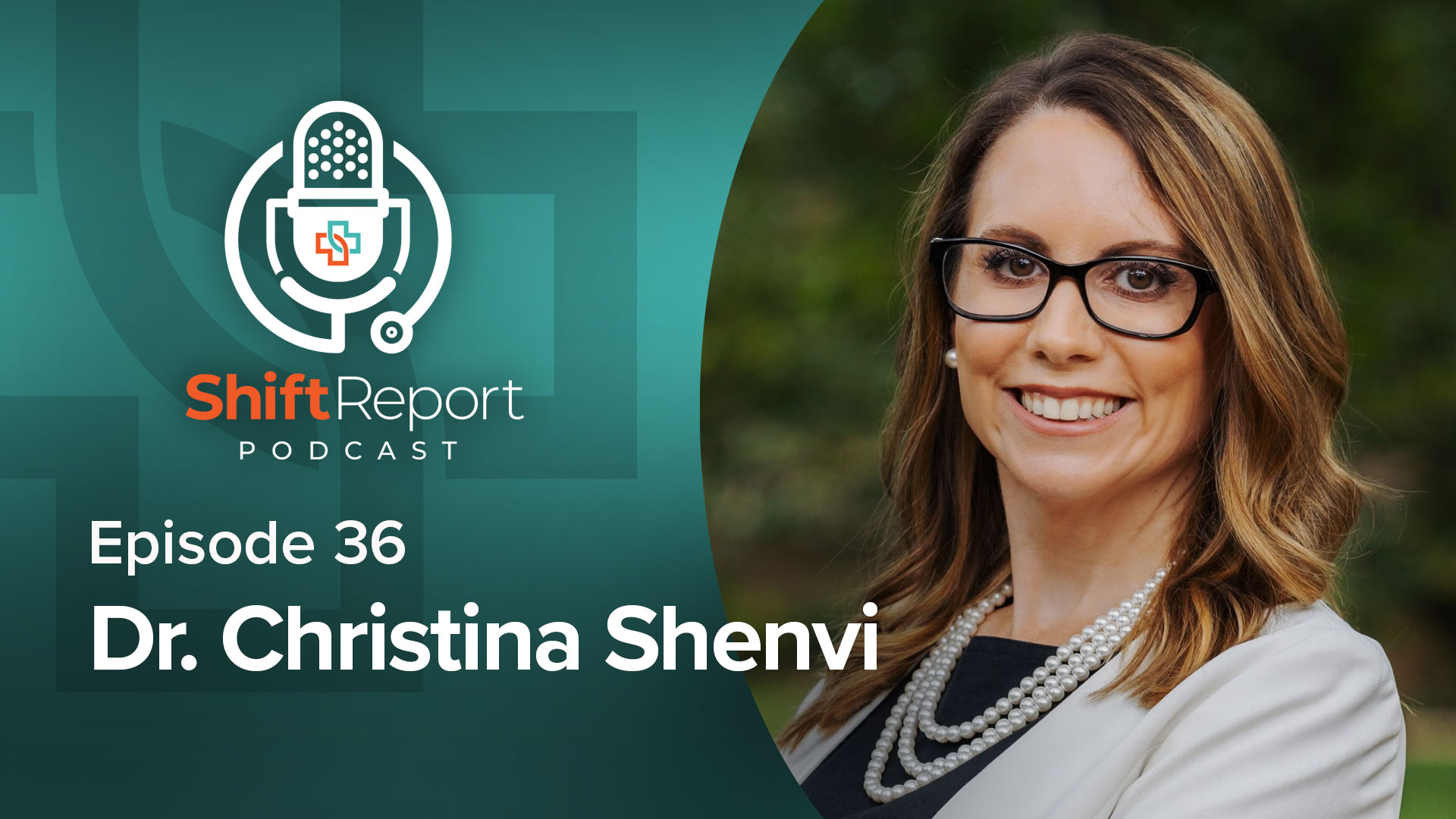The path to becoming a medical professional is a noble and rewarding journey, but it often comes at a steep financial cost. Medical school debt has become a pervasive issue, casting a shadow over the dreams of aspiring doctors. In this article, we will explore the challenges posed by medical student debt and shed light on the creative ways young medical professionals cope with this financial burden.
The Burden of Medical Student Debt:
Medical education is a substantial investment, with tuition fees, living expenses, and other associated costs. As a result, many medical students graduate with a considerable amount of debt, creating a financial obstacle that can take years, if not decades, to overcome. The burden of debt can be particularly daunting for those entering residency, where the demands of training coincide with the need to start repaying loans.
Creative Coping Strategies:
- Income-Driven Repayment Plans: Young medical professionals often turn to income-driven repayment plans, tying monthly payments to their income levels. While this may extend the repayment period, it provides a more manageable approach, allowing them to align payments with their financial capacity as they progress in their careers.
- Public Service Loan Forgiveness (PSLF): Some medical professionals explore the Public Service Loan Forgiveness program, which offers loan forgiveness after a certain period of qualifying payments while working in public service roles. This option provides relief for those choosing careers in underserved communities or within nonprofit healthcare organizations.
- Loan Consolidation and Refinancing: Loan consolidation and refinancing are common strategies to streamline multiple loans into a single manageable payment. Additionally, refinancing can secure lower interest rates, potentially reducing the total repayment amount over time.
- Financial Counseling and Education: Many young medical professionals seek financial counseling and education to gain a deeper understanding of budgeting, saving, and investing. By adopting smart financial habits early on, they can make informed decisions to tackle their debt strategically.
- Moonlighting and Side Gigs: Some residents and young physicians take on additional work, known as moonlighting or side gigs, to supplement their income. This additional income can be directed towards paying down student loans more aggressively.
- Budgeting and Frugality: Adopting a frugal lifestyle and creating a realistic budget is a common approach. By carefully managing expenses, medical professionals can allocate more funds towards debt repayment while still maintaining a reasonable quality of life.
The Road to Financial Wellness:
While medical student debt presents a significant challenge, young medical professionals are resilient and resourceful. By exploring various repayment strategies, seeking financial guidance, and making intentional choices, they embark on a journey toward financial wellness. Institutions and policymakers are also recognizing the need for reform to alleviate the burden of student debt on the medical community, ensuring that aspiring doctors can pursue their calling without being shackled by financial concerns.
In conclusion, the road to financial stability for young medical professionals may be challenging, but it is not insurmountable. Through a combination of strategic planning, financial literacy, and dedication, the next generation of medical professionals is finding ways to navigate the financial maze and build a secure future for themselves while continuing to provide invaluable contributions to the field of healthcare.






Responses
We need to make it more affordable for qualified candidates to attend Medical School.